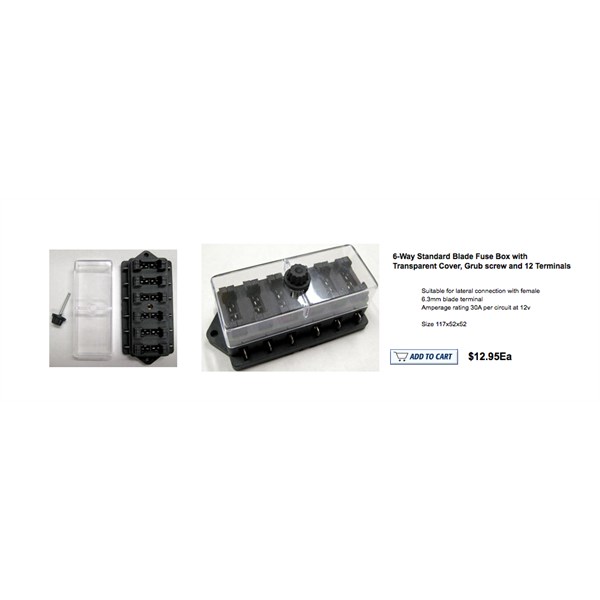Electrical earthing on camper
Submitted: Saturday, Aug 16, 2014 at 16:54
ThreadID:
109159
Views:
11590
Replies:
8
FollowUps:
2
This Thread has been Archived
Member - KeithB
I am building a hybrid style camper made of epoxy composite on a galvanised steel chassis and I am wondering about earthing all the 12 volt circuits. There will be a big LiPo4 battery bank and a large solar array, plus several big current draws in the camper.
My preference is to wire the thing up as you would a boat, with all 12 volt circuits terminating back to the camper battery. But it has been suggested to me that I use the camper chassis to earth the battery bank and to earth all circuits onto that. In either case there will be proper positive and negative connections back to the tow.
I am just wondering whether electrical connections to the camper chassis will promote corrosion over the years ahead like they do when you earth onto the hull of a metal boat. The body will be bonded to the chassis and any rust repairs down the track would be quite difficult.
Any advice would be appreciated.
Keith
Reply By: Allan B (Member, SunCoast) - Saturday, Aug 16, 2014 at 17:18
Saturday, Aug 16, 2014 at 17:18
Hi Keith,
In general, electrical corrosion occurs when there is some difference in potential (voltage) between two electrically conducting components. Therefore it is reduced if all such components are
well bonded to each other, and potentials produced by volt-drop of currents flowing in components such as the metal body or chassis are eliminated.
This is best achieved if the return current paths from the various loads in the camper are not returned to the battery via the body or chassis but by a dedicated negative return wire to a negative link bar connected directly to the battery. This requires a two-core (+ & -) cable to each consumer with no connection to the chassis. It also reduces losses due to volt-drop and is much easier to wire and troubleshoot with this arrangement.
In the case of vehicles, single wire with body/chassis return to battery negative is used because it is cheaper and the low current flows in most cables makes volt-drop and corrosion less significant.
Sometimes the camper battery has the negative side bonded to the chassis but it makes little or no difference.
AnswerID:
537771
Follow Up By: Allan B (Member, SunCoast) - Saturday, Aug 16, 2014 at 17:33
Saturday, Aug 16, 2014 at 17:33
And as Rosco has said, do not run a multitude of wires back to the battery posts, use a multiple fuse block and negative connector block such as these, available from
ABR Sidewinder and others.

Fuse Block

Terminal Block
But connect two 60A fuses close to the battery terminal, one for the cable coming from the vehicle and the other to feed the fuse block.
FollowupID:
822010
Reply By: The Bantam - Saturday, Aug 16, 2014 at 23:55
Saturday, Aug 16, 2014 at 23:55
Further in support of wiring everything in two wire cable and perhaps not connecting negative to the chassis at all.
The notion of earthing is completely foreign to DC 12 volt electrics.
The only reason you would connect the electrical system to the chassis at all is to save on running a return wire to negative battery.
I know some may argue the point, But I do not believe there is any good reason to bond negative battery to the chassis at all.
Always best to have a full circuit of positive supply and negative return wires.
cheers
AnswerID:
537789
Reply By: Member - Frank P (NSW) - Monday, Aug 18, 2014 at 18:04
Monday, Aug 18, 2014 at 18:04
Keith,
Are you going to use a battery monitor? With LiFePO4 batteries, I think you should because you MUST guard against over-discharge. Because they have such a flat discharge curve you should count amp-hours in (from your charging sources) and out (from your loads) to help determine the SOC. Monitoring voltage helps, but with that technique it's a fine line between being on the minimum and disaster. Monitoring amp-hours helps considerably as long as you have a reputable battery monitor (Victron, Synergex, BEP are suggestions).
Therefore, follow the advice in the above replies, but put the shunt for your monitor between the common negative and the battery negative.
Cheers
AnswerID:
537852